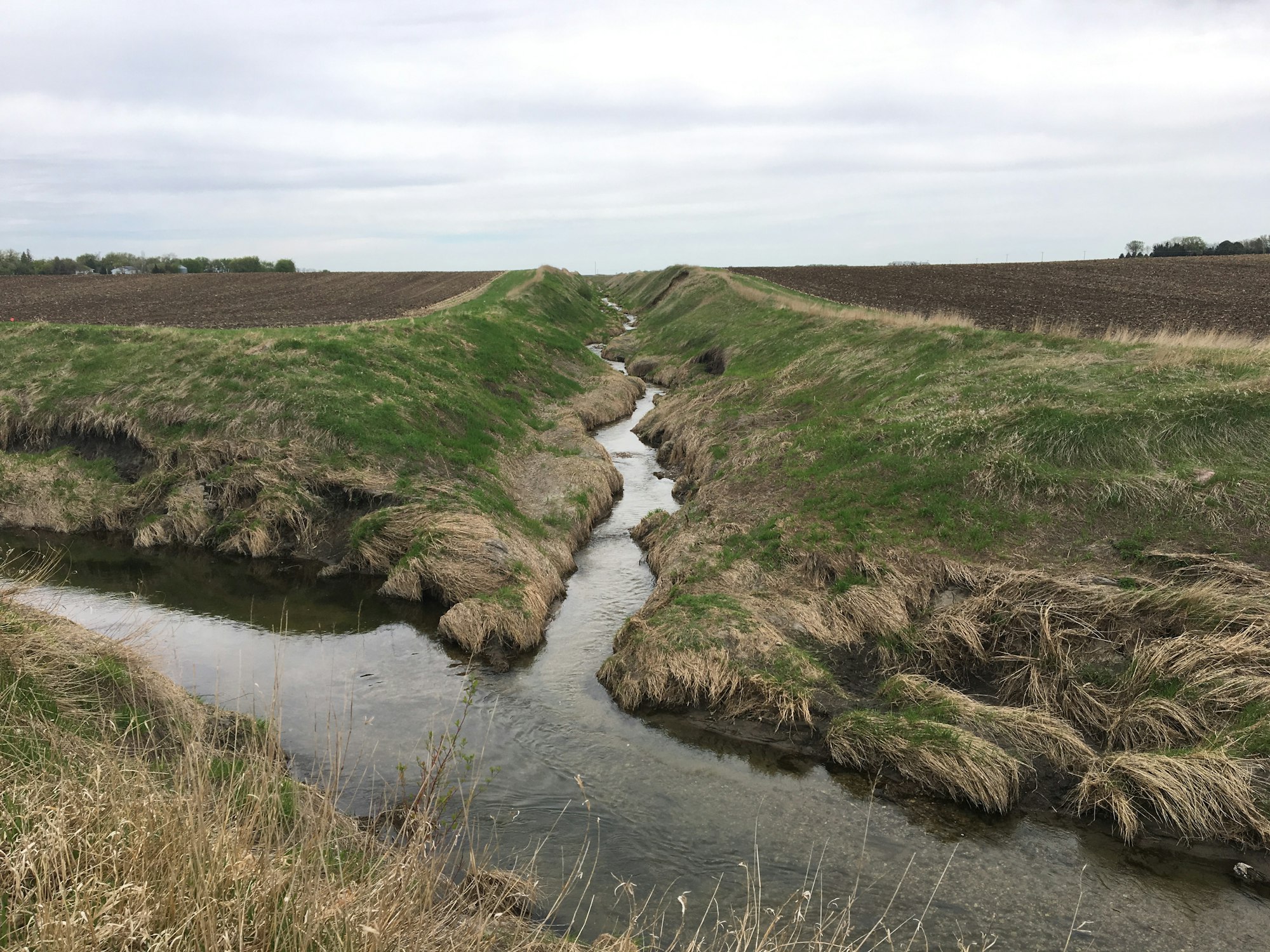Buffer Law
What is a Buffer?
A buffer, also known as a riparian filter strip, is vegetated land adjacent to a stream, river, lake or wetland. Buffers help filter out phosphorus, nitrogen, and sediment, and are an important conservation practice for helping keep water clean. Studies by the Minnesota Pollution Control Agency show that buffers are critical to protecting and restoring water quality and healthy aquatic life, natural stream functions and aquatic habitat due to their immediate proximity to the water.

Minnesota's Buffer Law requires perennial vegetative buffers of up to 50 feet along lakes, rivers, and streams and buffers of 16.5 feet along ditches. These buffers help filter out phosphorus, nitrogen and sediment. The deadline for implementation for buffers on public waters was November 1, 2017. The deadline for public ditches was November 1, 2018. The law provides flexibility for landowners to install alternative practices with equivalent water quality benefits that are based on the Natural Resources Conservation Service Field Office Technical Guide.
To find out more, give our office a call and/or check out this website.
